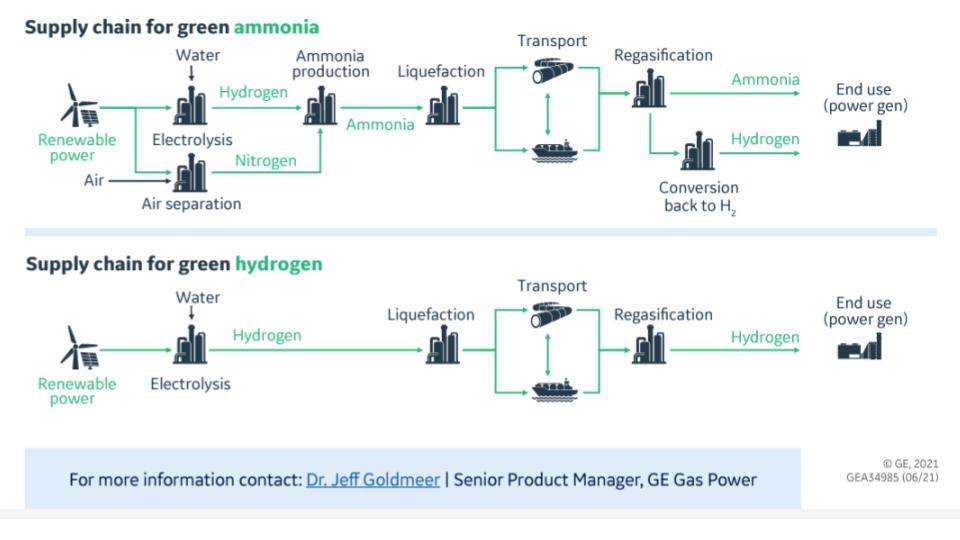
For those interested in understanding the Wabash Valley Resources project a great place to start is by watching the Universal Public Meeting posted on Youtube by the Citizens Action Coalition of Indiana.
The video is over three hours long but contains several moments that have now become notorious in a local grassroots movement to oppose Wabash Valley Resources. At approximately the seven minute mark Nalin Gupta introduces himself as the founder of WVR and states that, “Prior to 2016… I was part of a team that deployed over $85 billion dollars in energy project finance.”
In 2016, Gupta appeared before the Vigo County Council as a managing partner of Quasar SynGas, a precursor to WVR. He spoke regarding a $450 million dollar investment from Phibro Group, in affiliation with Phillips Brothers Fertilizer, to convert a coal gasification plant outside of West Terre Haute into an ammonia fertilizer production facility.
At the following meeting, the Council unanimously voted to approve a resolution that would, “reimburse certain capital expenditures of Quasar SynGas from the proceeds of environmental improvement revenue bonds.” Council members in attendance at that meeting were Mike Morris, Bill Thomas, Ed Ping, Rick Burger, Kathy Miller, and Mark Bird. THVN has filed a public records request to ascertain the amount of the reimbursement.
Also in 2016, the University of Illinois received a $10 million dollar grant from the Department of Energy to, “establish the feasibility of developing a commercial-scale geological storage complex at the Quasar SynGas LLC’s Wabash Integrated Gasification Combined Cycle (IGCC) plant.” WVR would later receive a $37 million dollar grant to, “redevelop the existing Wabash Valley Resources coal gasification site into a prototype coal FIRST power plant for gasification based carbon-negative power and hydrogen co-production.”

Quasar (Wabash Valley Resources) then starts their lobbying campaign in 2018 with a $10,000 donation to the Committee to elect Jon Ford. Followed up by a $5,000 donation in 2020 from WVR and two $10,000 donations in 2021 and 2022. WVR and executives associated with the company also made large donations to Alan Morrison and the Senate Majority Campaign Committee.
In total, Wabash Valley Resources, executives associated with the company and their family members, have donated close to $1 million dollars to political campaigns and lobbyists in order to secure favorable legislative action. That action seems to have started with Indiana Senate Enrolled Act 442 which was authored by Jon Ford and submitted on January 14, 2019.
The final version of this bill, “Declares the underground storage of carbon dioxide to be a public use and service in the public interest, and a benefit to the welfare and people of Indiana.” It therefore, “provides that if the operator of the pilot project is not able to reach an agreement with an owner of property… the operator of the pilot project may exercise the power of eminent domain to make the acquisition.”
This bill was co-authored by Sen. Mark Messmer, Sen. Blake Doriot, Sen. David Niezgodski, Sen. Karen Tallian, Sen. Jean Breaux, and sponsored by Rep. Alan Morrison, Rep. Sean Eberhart, Rep. Robert Morris, Rep. J.D. Prescott. The bill was then signed by Governor Holcomb and became public law on May 8th, 2019.

Concerned Citizens against Wabash Valley Resources is a group of residents mostly from Vermillion and Vigo County who are opposed to Wabash Valley Resources plan to sequester carbon in their communities. One major point of frustration from the group is that WVR secured the use of eminent domain before communicating their plans to land owners who could have expressed their opinions to their state representatives.
Farmers in the area have also expressed doubt regarding WVR’s statement that the main purpose of the plant is to produce anhydrous ammonia for fertilizer. At the Universal Public Meeting Nalin Gupta informed the crowd that president Trump told him in 2016 to get this plant producing anhydrous ammonia because we have to stop relying on Ukraine and China for fertilizer.
According the Observatory of Economic Complexity, the United States is the largest importer of Anhydrous Ammonia in the world, but in 2016 60% of the Ammonia imported by the US came from Trinidad and Tobago, and 35% came from Canada. The vast majority of that ammonia was produced through a joint venture between the government of Trinidad and the Norwegian firm Norsk Hydro.
This is the second article in a series exploring how two former heads of Morgan Stanley’s Global Commodities Division ended up in the Fayette Elementary school gym facing a tidal wave of criticism over their investment in Wabash Valley Resources.

The first article briefly covers the background of those executives, Simon Greenshields and Peter Sherk, and the federal tax credits their project, Wabash Valley Resources, is eligible for under the Biden Administration’s Inflation Reduction Act.
The next article in this series will focus on the current state of the project and provide updates on currently filed public records requests. If you would like to support this type of local investigative journalism please consider sharing this article, becoming a subscriber, or making a donation.
